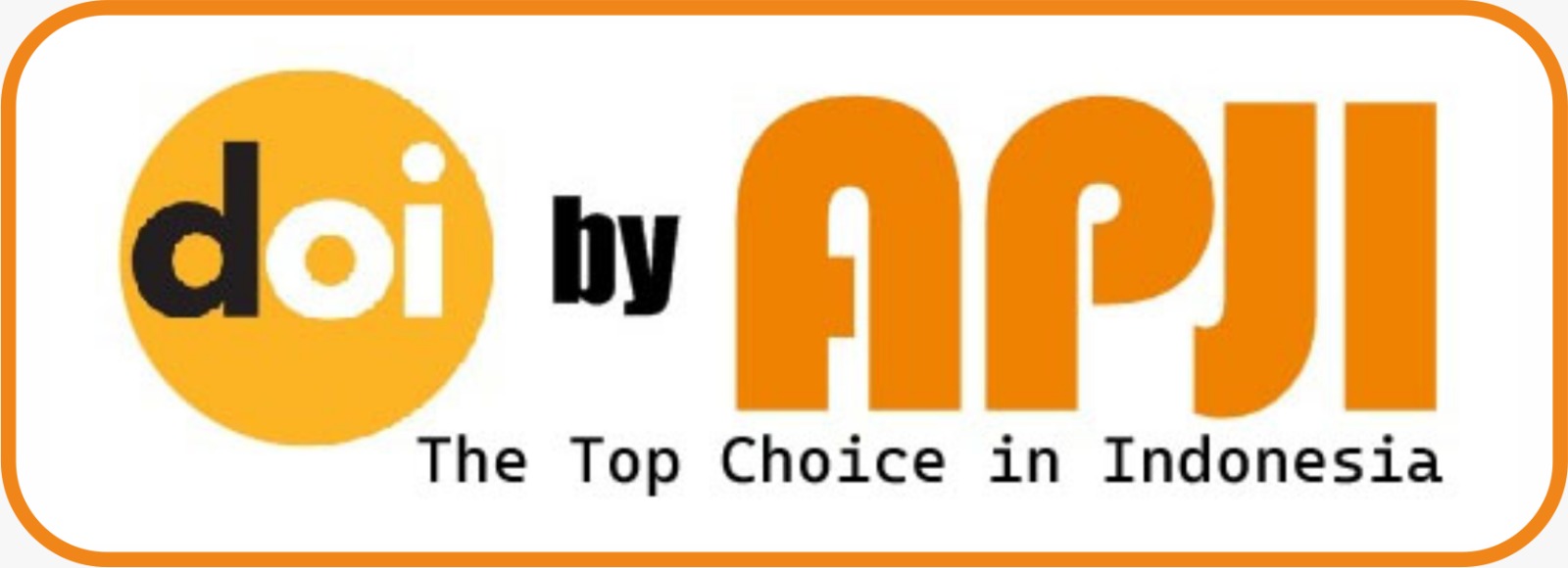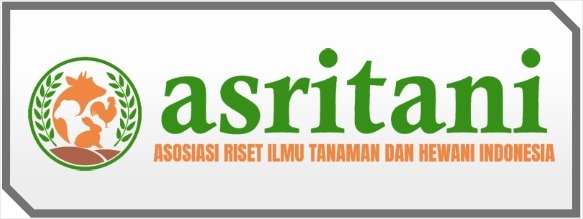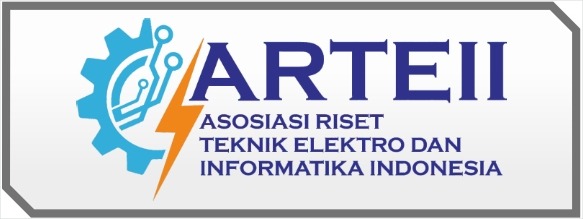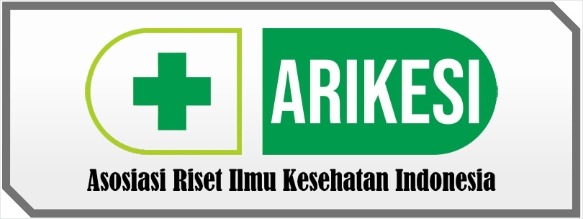Impact Assessment of Tobacco Cultivation on Soil Ecosystem Using Multi-Evaluation Techniques
DOI:
https://doi.org/10.69930/ajer.v1i3.224Keywords:
Plant nutrient, plant productivity, principle compound analysis (PCA), soil fertility, soil quality, tobacco farmingAbstract
Healthy soil is the key component for growing high-quality crops and sustaining agriculture. The study was carried out to evaluate the impacts of tobacco cultivation on the soil ecosystem using soil fertility, quality, and health indices. Twenty-four (24) soil samples were collected and analyzed for important soil inherent properties, as well as soil macro- and micronutrients. The results revealed that tobacco cultivation significantly reduced soil organic matter (SOM), carbon-nitrogen ratio (C: N), total nitrogen (TN), exchangeable potassium (EK), and available copper (ACu). Soil fertility index (SFI) suggested that the decline rate of soil fertility in the tobacco field (TF) (5.84%) was lower than in the non-tobacco field (NTF) (16.33%). However, the degradation rate of soil quality index (SQI) and soil chemical health index (SHI) in TF (19.23% and 27.87%) was higher than in NTF (9.98% and 14.08%). The SHI values had a positive linear relationship (0.760) with tobacco productivity. For every degree (0.01) increase in SHI value, tobacco leaf production increased by 6.40 kg/ha, while the contribution of SHI to productivity was 57.81%. Excessive application of chemical fertilizers in TF may sustain short-term soil fertility but gradually degrade soil quality and health, disrupting the long-term productivity of the soil ecosystem.
References
BBS. Preliminary report on population and housing census 2022. Bangladesh Bureau of Statistics, Statistics and Informatics division, Ministry of Planning, Government of the People’s Republic of Bangladesh. 2022. https://www.bbs.gov.bd.
Roy A, Naz S, Mostafa MG. Tobacco farming and its socio-economic determinants in Kushtia district of Bangladesh. Journal of Sustainability and Environmental Management (JOSEM). 2024; 3(1):9-18.
Salam TB, Zaman SMS, Hossen SMT, Nur A. Consecutive 2-year data analysis to assess the soil quality and ecological risk of heavy metals in tobacco field: a case study in northern Bangladesh. SN Applied Sciences. 2021; 3:193. https://doi. org/10.1007/s42452-021-041 52-z.
BBS. Yearbook of Agriculture Statistics. Bangladesh Bureau of Statistics, Government of Bangladesh, Dhaka. 2022. https://www.bbs.gov.bd.
DAE. Yearly reports on tobacco cultivation status. Ministry of Agriculture, Department of Agriculture Extension, Khamarbari, Kushtia, Bangladesh. 2023.
Arnon DI, Stout PR. The essentiality of certain elements in minute quantity for plants with special reference to copper. Plant Physiology. 1939; 14:371-375.
BARC. Fertilizer recommendation guide-2018. Bangladesh Agricultural Research Council, Farmgate, Dhaka 1215. 2018. ISBN: 984-500-029-1.
FAO. Plant nutrition for food security-a guide for integrated nutrient management. Fertilizer and plant nutrition bulletin 16:1-59, Food and Agriculture Organization of the United Nations, Rome, Italy. 2006.
Abdu A, Laekemariam F, Gidago G, Getaneh L. Explaining the soil quality using different assessment techniques. Applied and Environmental Soil Science, 2023; 1-15. https://doi. org/10.1155/2023/6699154.
Manisha G, Ram AM, Ajay BM. Evaluating the soil quality of three sub-watersheds in Udayapur District, Nepal, Journal of Environmental and Soil Sciences. 2020; 5(2):614-621.
Pierzynski GM, Sims JT, Vance GF. Soils and environmental quality. Boca Raton, Lewis Publishers. 1994.
Uthappa AR, Devakumar AS, Das B, Mahajan GR, Chavan SB, Jinger D, Jha PK, Kumar P, Kokila A, Krishnamurthy R, Mounesh NV, Dhanush C, Ali I, Eldin SM, Al-Ashkar I, Elshikh MS, Fahad S. Comparative analysis of soil quality indexing techniques for various tree-based land use systems in semi-arid India. Frontiers. 2024; 1-12. https://doi.org/10.3389//ffgc.2023.1322660.
Biradar S, Ingle S. Soil health assessment: integrating biological, chemical and physical indicators. Advances in Soil Science. 2023; 1-27.
Tauqeer HM, Turan V, Farhad M, Iqbal M. Sustainable agriculture and plant production by bio-char in the era of climate change in managing plant production under changing environment. Springer. 2022; 21-42.
Akhter F. Tobacco cultivation and its impact on food production in Bangladesh. UBINIG. 2011; 1-11.
Yanda PZ. Impact of small-scale tobacco growing on the spatial and temporal distribution of miombo woodlands in western Tanzania. Journal of Ecology and the Natural Environment. 2010; 2:10-16.
Geist JH. Soil mining and societal responses: the case of tobacco in eastern Miombo highlands. Ashgate Publishing Ltd, Aldershot. 1999; 119-148.
Shun-hong H, Bing P, Zhi-hui Y, Li-yuan C, Li-cheng Z. Chromium accumulation, microorganism population and enzyme activities in soils around chromium-containing slag heap of steel alloy factory. Transactions of Nonferrous Metals Society of China. 2009; 19:241-248. https://doi.org/10.1016/S1003-6326(08)60259-9.
Martin-Sanz JP, Santiago-Martin AD, Valverde-Asenjo I, Quintana-Nieto JR, Gonzalez-Huecas C, Lopez-Lafuente AL. Comparison of soil quality indexes calculated by network and principal component analysis for carbonated soils under different uses. Ecological Indicators. 2022; 143:1-14. https://doi.org/ 10.1016/j.ecolin d.2022.109374.
Supriyadi, Sudaryanto R, Winarno J, Hartati S, Jamil IS. The quantitative soil quality assessment tobacco plant in Sindoro mountainous zone. Journal of Degraded and Mining Lands Management. 2014; 1(3):105-110. https://doi.org/10.15243/jdmlm.2014.013. 105.
Hermiyanto B, Winarso S, Kusumandaru W. Soil chemical properties index of tobacco plantation land in Jember district. Agriculture and Agricultural Science Procedia. 2016; 9:181-190. https://doi.org/10.1016/j. aaspro.2016.02.118.
Andrews SS, Karlen DL, Mitchell JP. A comparison of soil quality indexing methods for vegetable production systems in northern California. Agriculture, Ecosystems and Environment, 2002; 90:25-45.
Sachan HK, Krishna D. Assessment of soil fertility status using nutrient index approach in cassava farms of Rewa Province, Fiji. Indian Journal of Agricultural Research. 2021; 1-5. https://doi.org/10.18805/ IJARe.AF-680.
SRDI. Soil, water, plant material, and fertilizer analysis, soil fertility assessment, soil degradation and its impact on the agricultural program, Soil Research Development Institute, Farmgete, Dhaka 1215. 2012.
FAO. Guide to laboratory establishment for plant nutrient analysis, Fertilizer, and Plant Nutrition Bulletin 19, Food and Agriculture Organization of the United Nations, Rome, Italy. 2008.
Parker FW, Nelson WL, Winters E, Miles IE. The broad interpretation and application of soil test information. Agronomy Journal. 1951; 43(3):105-112.
Amara DMK, Patil PL, Kamara AM, Saidu DH. Assessment of soil fertility status using nutrient index approach. Academia Journal of Agricultural Research. 2017; 5(2):28-38.
Joardar JC, Fathema K, Basu S. Effect of tobacco cultivation on soil fertility and farmer’s profitability in the socio-economic perspective of Bangladesh. Research Square. 2022; 1-17. https://doi.org/10.21203/ rs.3.rs-1388464/v1.
El-Ramady HR, Alshaal TA, Amer M, Domokos-Szabolcsy E, Elhawat N, Prokisch J, Fari, M. Soil quality and plant nutrition. Sustainable Agriculture Reviews 14, Springer. 2014; 14(11):1-104. https://doi.org/10. 1007/978-3-319-06016-3_11.
Thapa MS, Bhattarai T, Sharma RP, Baburam K, Puri L. Analytical study on fertility status and soil quality index of Shorearobusta forest, central Nepal. Tribhuvan University Journal. 2019; 33(2): 1-14. https://doi.org/ 10.3126/tuj.v33i2.33560.
Tesfahunegn GB. Soil quality assessment strategies for evaluating soil degradation in northern Ethiopia. Applied Environmental Soil Science. 2014; 1-14. https://doi.org/ 10.1155/2014/646502.
Bajracharya RM, Sitaula BK, Sharma S, Jeng A. Soil quality in the Nepalese context an analytical review. International Journal of Ecology and Environmental Sciences. 2007; 33(2): 143-158.
Zhang C, Xue S, Liu GB, Song ZL. A comparison of soil qualities of different re-vegetation types in the loess plateau, China. Plant Soil. 2011; 347:163–178. https://doi.org/10.1007/s 11104-011-0836-5.
Liebig MA, Varvel G, Doran J. A simple performance-based index for assessing multiple agroecosystem functions. Agronomy Journal. 2001; 93:313–318.
Abdulhamid Z, Agbaji EB, Gimba CE, Agbaji AS. Physico-chemical parameters and heavy metals content of soil samples from farms in Minna. International Letters of Chemistry, Physics, and Astronomy. 2015; 58:154-163. https://doi.org/10.56431/p-12ly57.
Durlach J. Recommended dietary amounts of magnesium: Mg RDA. Magnesium Research. 1989; 2(3):195-203.
Tiessen H, Cuevas E, Chacon P. The role of organic matter in sustaining soil fertility. Nature (London). 1994; 371:783-785.
Shil NC, Saleque MA, Islam MR, Jahiruddin M. Soil fertility status of some of the intensive crop growing areas under major agroecological zones of Bangladesh. Bangladesh Journal of Agricultural Research. 2016; 41(4):735-757.
Kozak K, Antosiewicz DM. Tobacco as an efficient metal accumulator. Bio-metals. 2022; 36:351-370. https:// doi.org/10.1007/s10534-022-00431-3.
Srinivas A, Reddy DD, Reddy KV, Hema B, Krishna SK. Impact assessment of bidi tobacco in Gujarat. Indian Journal of Extension Education. 2022; 58(2):144-148.
Li X, Li H, Yang L, Ren Y. Assessment of soil quality of croplands in the corn belt of northeast China. Sustainability. 2018; 10(1):248.
McGrath D, Zhang CS. Spatial distribution of soil organic carbon concentrations in grassland of Ireland. Applied Geochem. 2003; 18:1629-1639.
Downloads
Published
How to Cite
Issue
Section
License
Copyright (c) 2024 Anupam Roy, M.G. Mostafa

This work is licensed under a Creative Commons Attribution-ShareAlike 4.0 International License.























